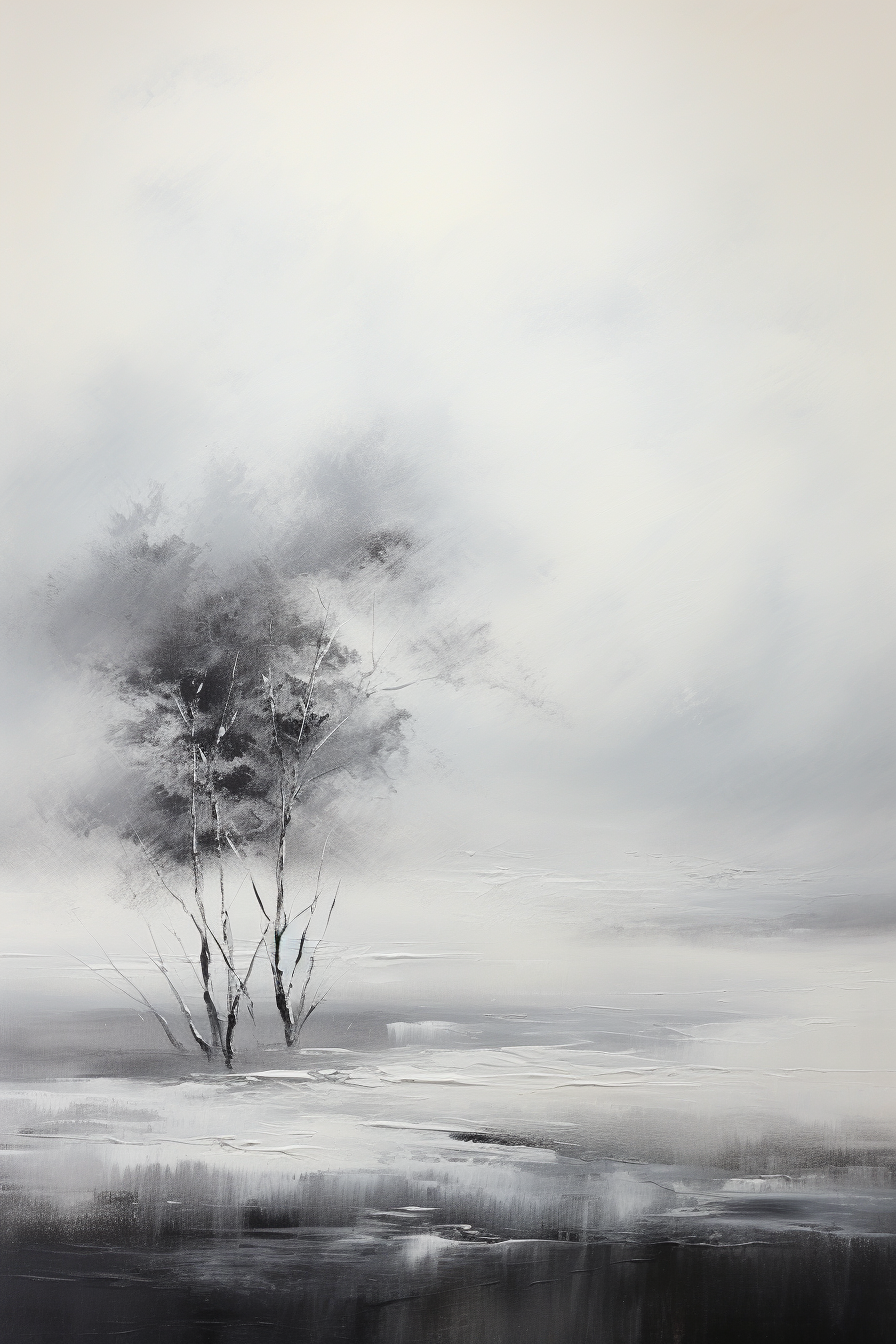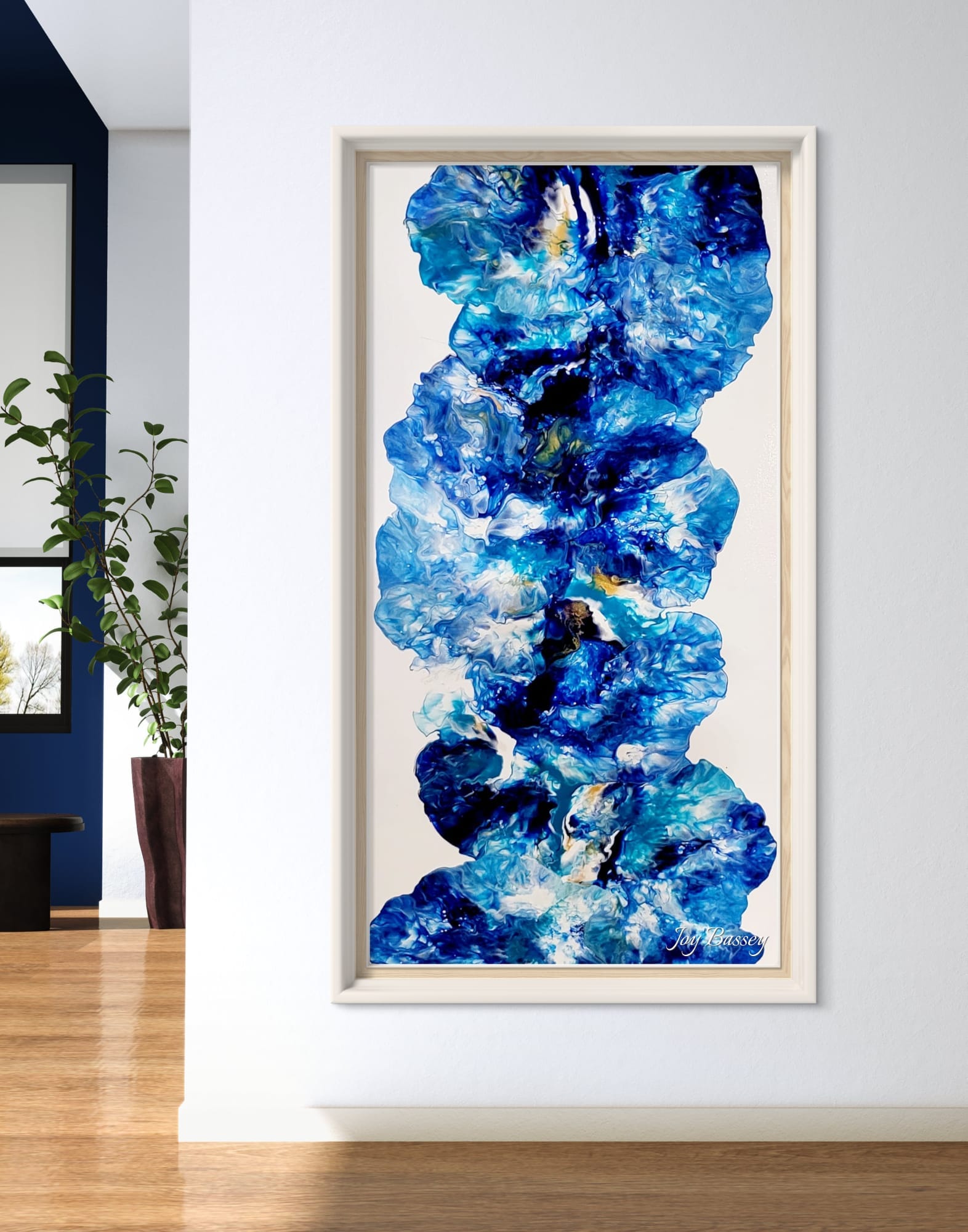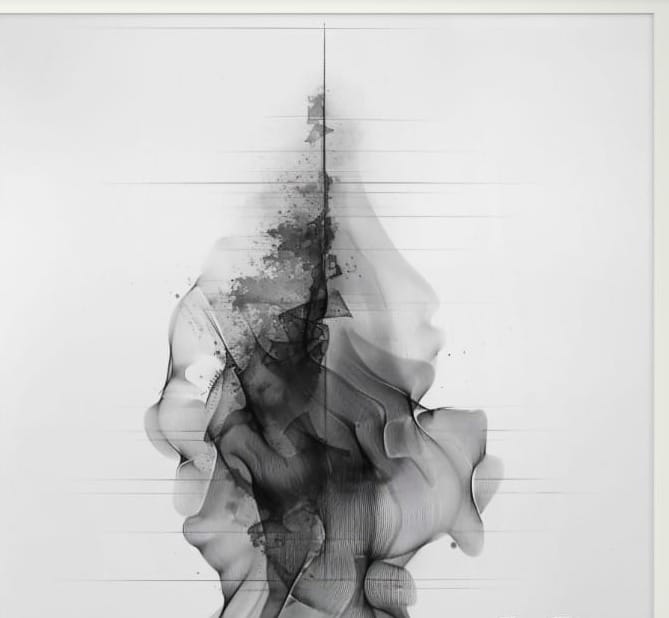There is a persistent tradition in the arts, one we rarely pause to interrogate because it feels woven into the structure of cultural memory itself. It is the belief that the value of an artist matures only after their death. As though the living body limits the seriousness with which the work can be held. As though mortality must arrive before meaning can be assigned.
But who decided this?
And why do we continue to accept it as if it were a natural law rather than a habit inherited from older economies and older imaginations of art?
This is not an accusation. It is simply an invitation to consider what we have allowed to become customary.
We speak often of notoriety, of being seen, amplified, remembered. There is nothing inherently wrong with any of this. Recognition can be generous when it illuminates the work with dignity. It can open doors that would otherwise remain closed. But notoriety offered without attention to the material life of the artist becomes something else entirely. It becomes an incomplete gesture, one that benefits everyone except the person doing the creating.
A modern variation of the older myth remains active in our time.
“Give me your art. I will help make you known.” Exposure becomes a substitute for care. Visibility becomes compensation. A promise of later recognition becomes a stand-in for present support.
Many people genuinely want to champion the arts, yet championing the arts and championing the artist are not always the same gesture. Supporting the arts can remain symbolic, almost ceremonial. But supporting the artist requires a more grounded ethic. It asks us to notice the subtle cultural habit of offering visibility where material support is needed. It invites us to observe how often creative work is undervalued in its present form, not because of ill intent, but because we live in a world that frequently assigns worth retrospectively.
True support does not hinge on what the work might become. It begins with acknowledging the labor, skill, and presence required to make it now. It honors the artist not through an imagined future importance, but through a clear recognition of their current contribution. And it shifts the focus from the satisfaction of appearing supportive to the quieter, more demanding work of ensuring the artist is able to continue their practice with stability and dignity.
Which brings us to a fundamental question.
What is the value of notoriety if the artist’s basic needs remain unmet?
How does recognition serve a creator who is unable to secure the conditions required to sustain their own life?
Whether an artist lives in an urban environment shaped by high costs and relentless pace, or in a rural setting shaped by limited access and isolation, the truth remains constant. Notoriety cannot be eaten. It cannot provide shelter. It cannot restore the energy, attention, and inner coherence needed to create again tomorrow.
This is not a rejection of recognition. It is simply an acknowledgment that recognition alone is insufficient. When notoriety is positioned as a replacement for material care, it becomes a myth that asks artists to wait for the world to discover them while they navigate the burdens of the present.
Legacy inevitably floats through these discussions, but it is not the center here. Legacy is only one part of the ecology of how we talk about worth. It cannot carry the weight of a neglected present. The artist should not be asked to endure scarcity in order to receive reverence later. A living artist deserves conditions that allow them to remain alive, attentive, and able to witness the worth of their own work in real time.
So, what might it mean to imagine another way?
What if notoriety and survival were not understood as opposing forces but as companions in the life of an artist?
What if recognition included care for the one who makes the work?
What if the present held as much value as the future?
Questions like these do not demand immediate answers. Instead, they invite a pause. They invite us to reconsider the stories we tell about art, about value, and about the people who bring beauty, meaning, and inquiry into the world.
Because preservation is not selfishness. Stewardship is not arrogance.
And choosing to protect one’s work and one’s life is not a rejection of recognition but a redefinition of what it truly means to honor art and the artist together.
Perhaps the worth of art should never depend on the absence of the artist.
Perhaps value should begin with how we allow artists to live.





